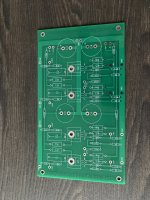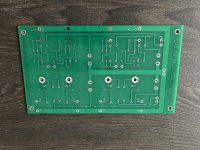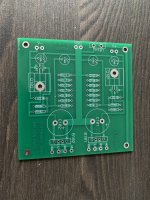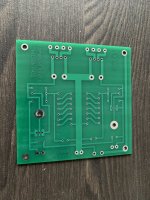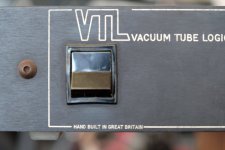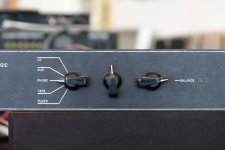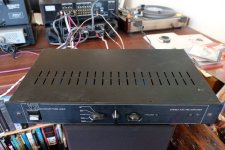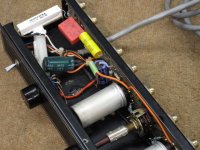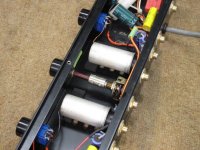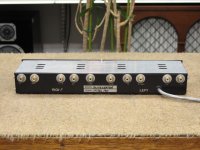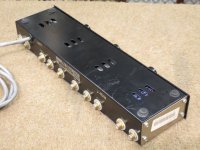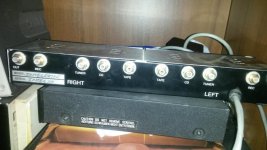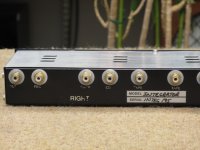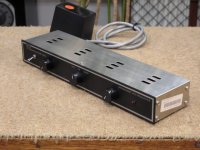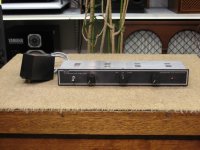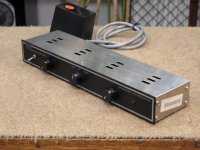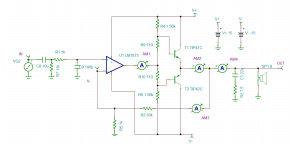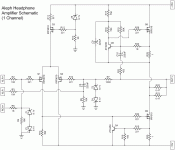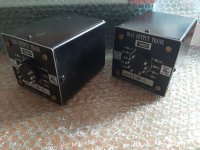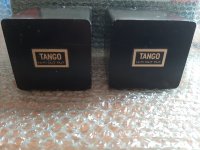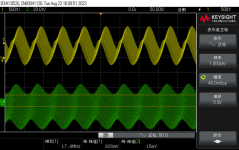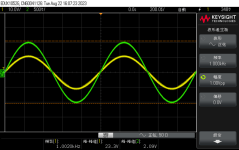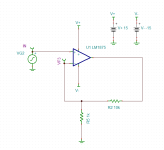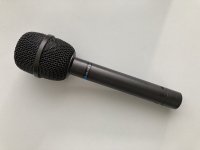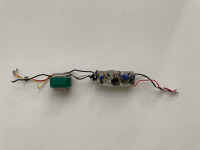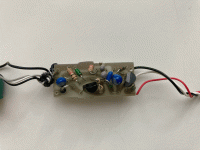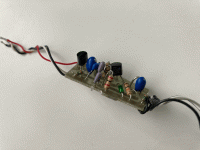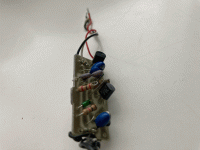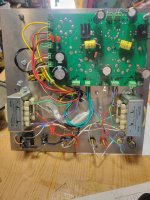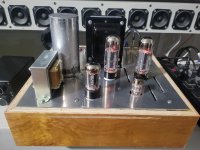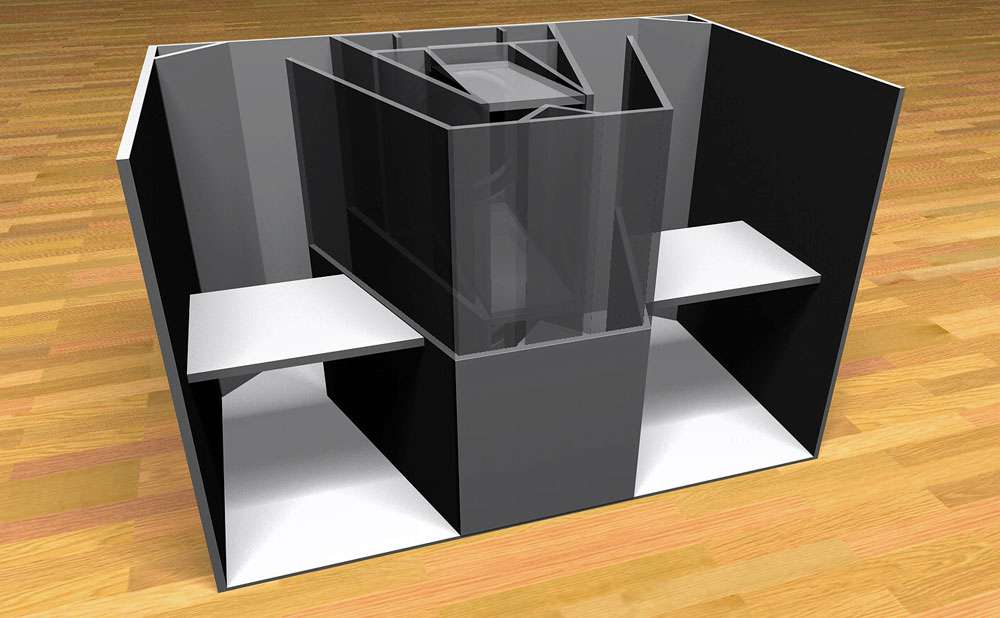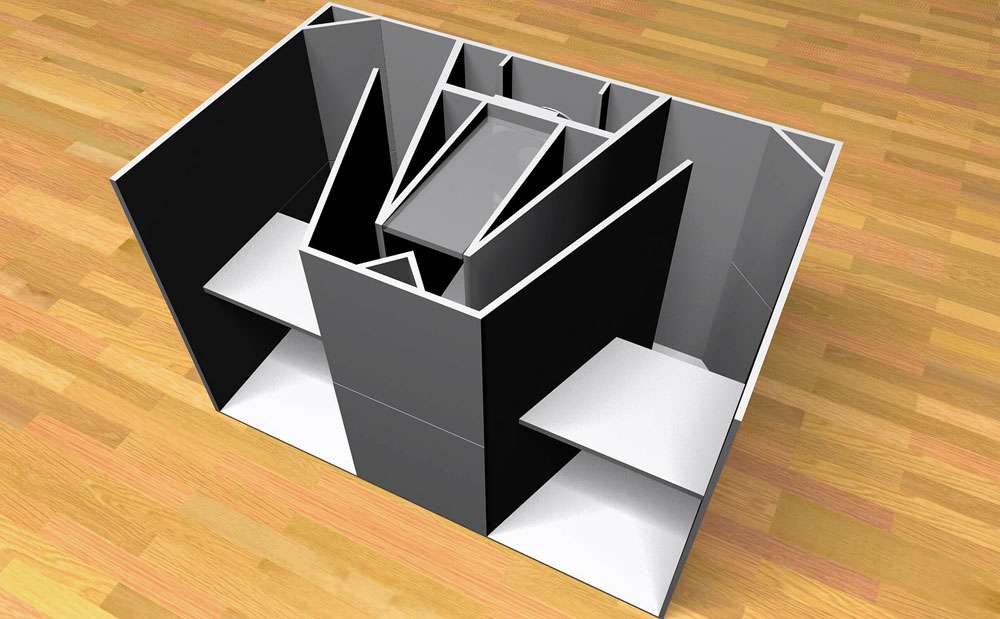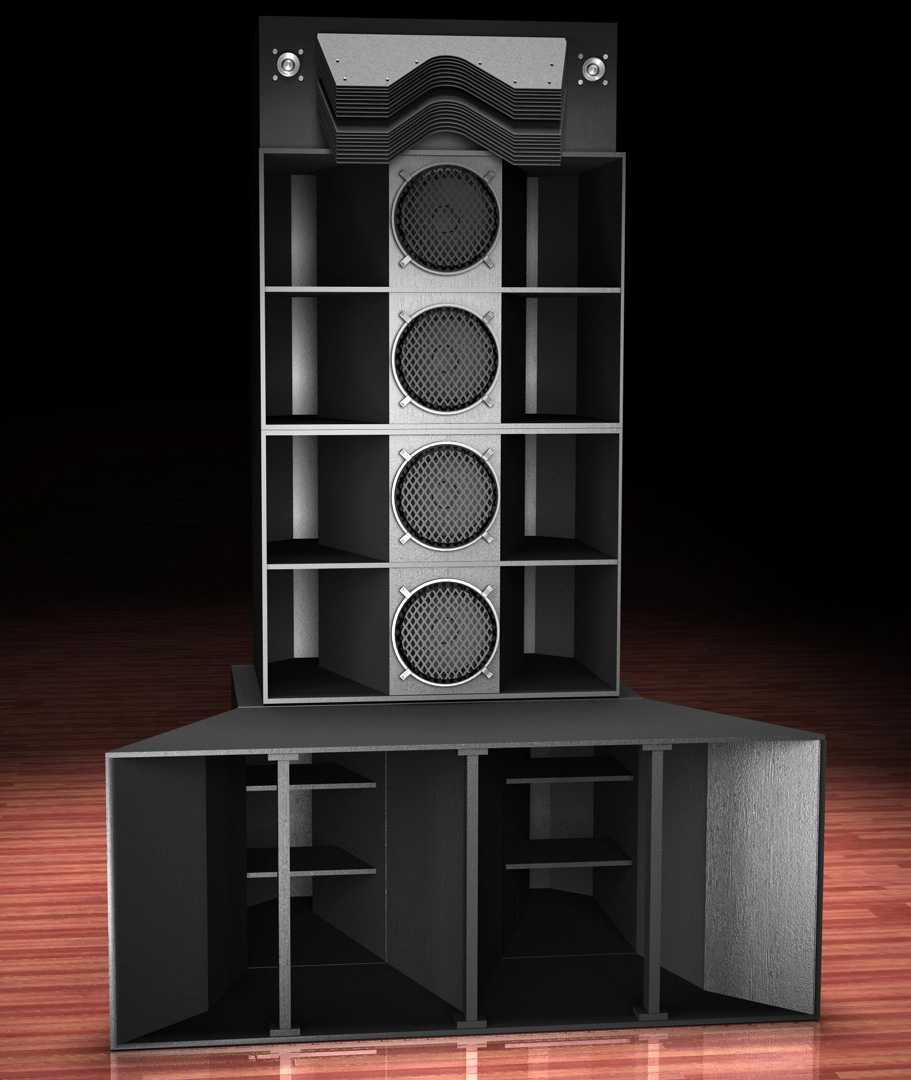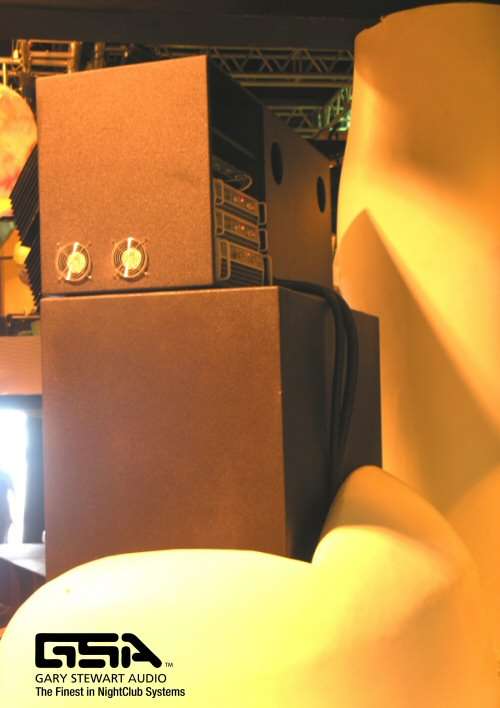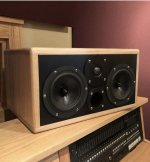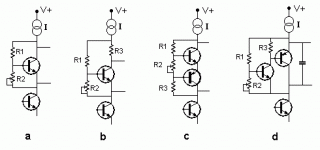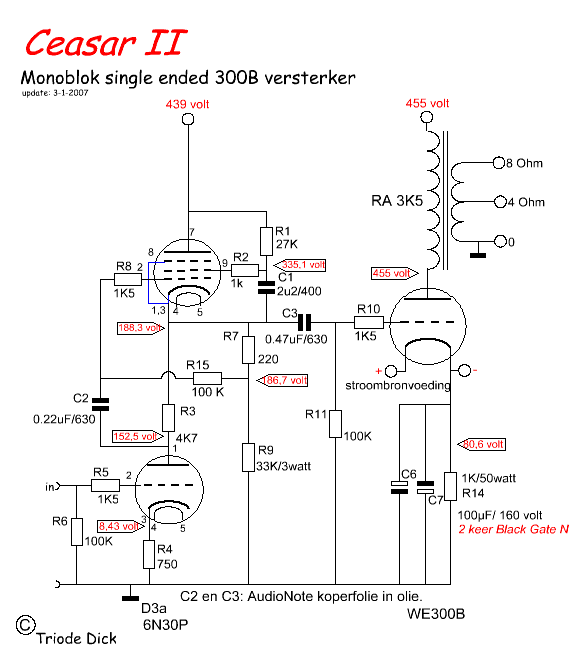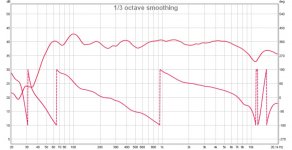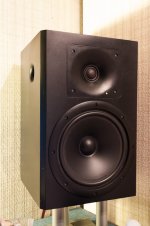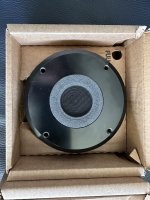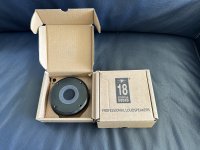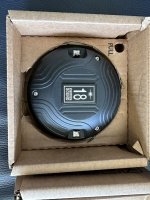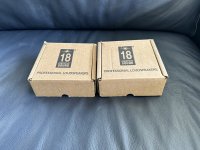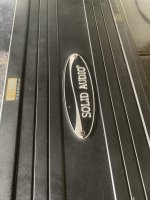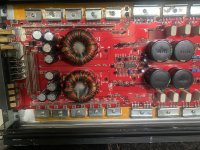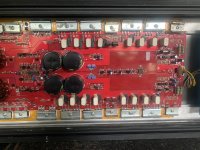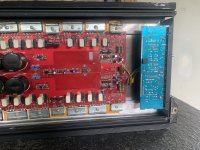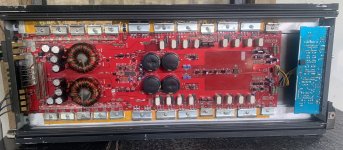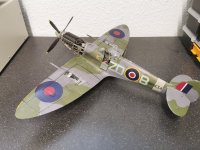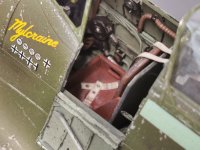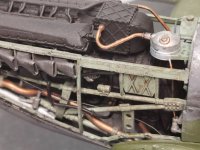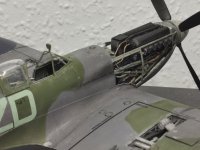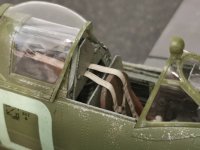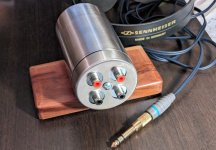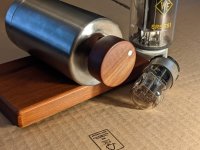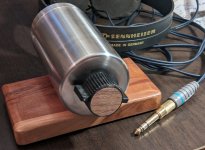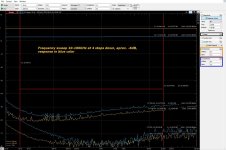NAD 1300 Only One Channel Working
- By gstein
- Solid State
- 14 Replies
Picked up a NAD 1300 pre amp. Upon initial testing, knobs were scratchy, had a low hum and only one channel worked.
I used deoxit on all the knob/buttons, removed the old board glue (which I have heard can become a conductor) and inspected and resoldered some questionable joints, including the output RCA jack.
I also swapped out the RCA jacks from the pre amp to the amplifier and the bad channel appears to be the left side of the pre amp.
The hum is now gone as is the scratchiness, but still only have sound out of one speaker. However, when I plug in my headphones, both speakers work fine. Also, when the volume is all the way off, I can still faintly hear the music in the one working channel.
Any thoughts on what might be causing just the one speaker to work?
The one channel sounds great...would really like to hear what the pre amp sounds like in stereo!
I used deoxit on all the knob/buttons, removed the old board glue (which I have heard can become a conductor) and inspected and resoldered some questionable joints, including the output RCA jack.
I also swapped out the RCA jacks from the pre amp to the amplifier and the bad channel appears to be the left side of the pre amp.
The hum is now gone as is the scratchiness, but still only have sound out of one speaker. However, when I plug in my headphones, both speakers work fine. Also, when the volume is all the way off, I can still faintly hear the music in the one working channel.
Any thoughts on what might be causing just the one speaker to work?
The one channel sounds great...would really like to hear what the pre amp sounds like in stereo!
